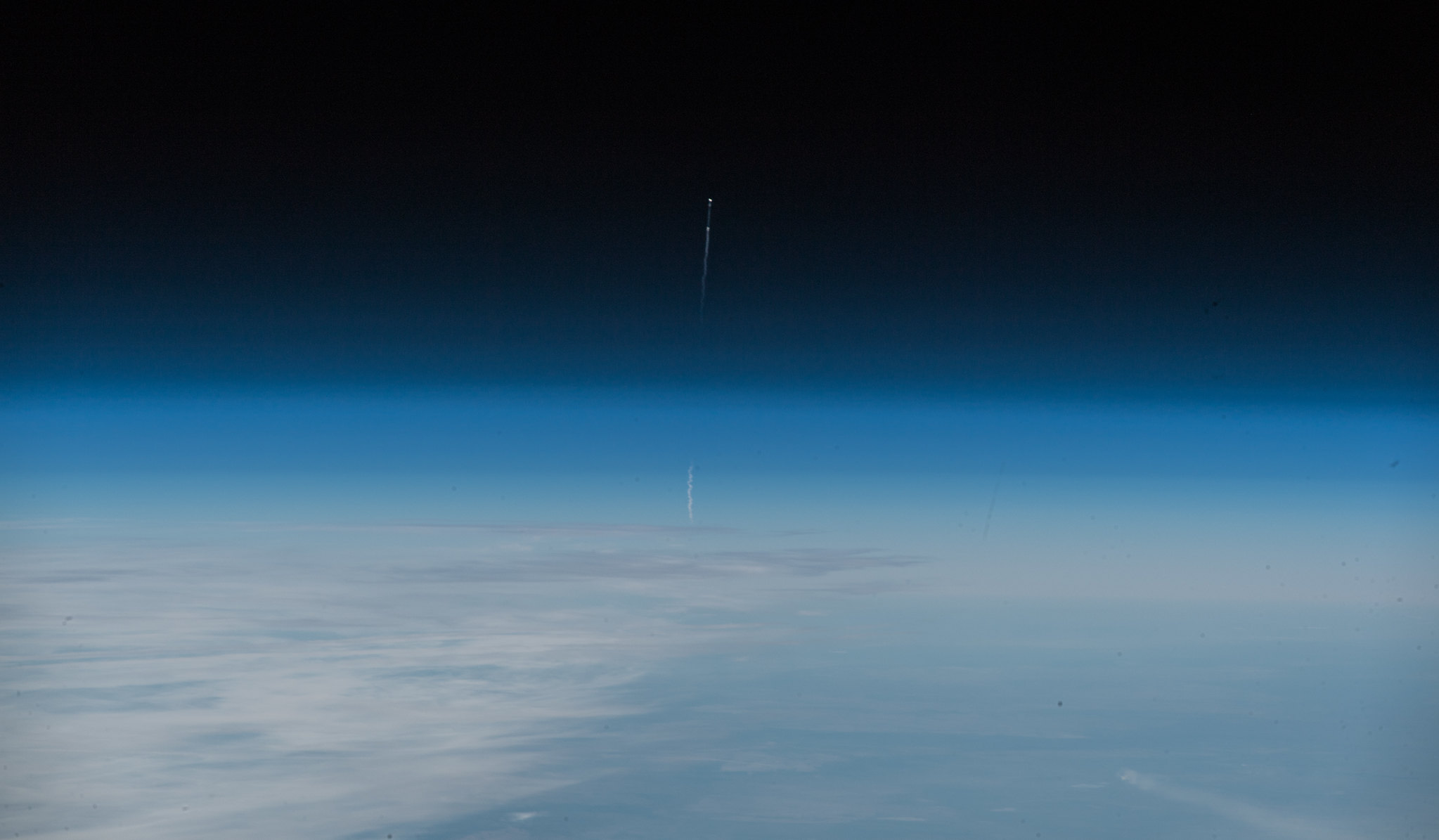Nah, NASA needs to bite the bullet and take a risk by flying an operational mission ASAP. There's a time and place for being cautious to the point of paranoia... This isn't one of them. It's spaceflight... It's inherently risky no matter how well you prepare, as today shows. But you cannot let the fear of failure stop you.
Typically before something happens, people say things like the above - one needs to take a risk.
After something happens, everyone agrees that that
particular risk should have been anticipated and prevented.
So generally it seems prudent to try to anticipate as many risks as possible (there's still enough risk-taking left).
***
I suspect what NASA actually needs is a degree independence of day-to-day politics. Given the way the US funding works, a new election means new priorities, funding for new projects, possibly a new administrator,...
Try organizing a space program (or any research program) if you don't know up-front how much money you'll have next year or whether someone will not scrap it three years from now.
Right now manned spaceflight is en vogue again - might not be so after the next election.

